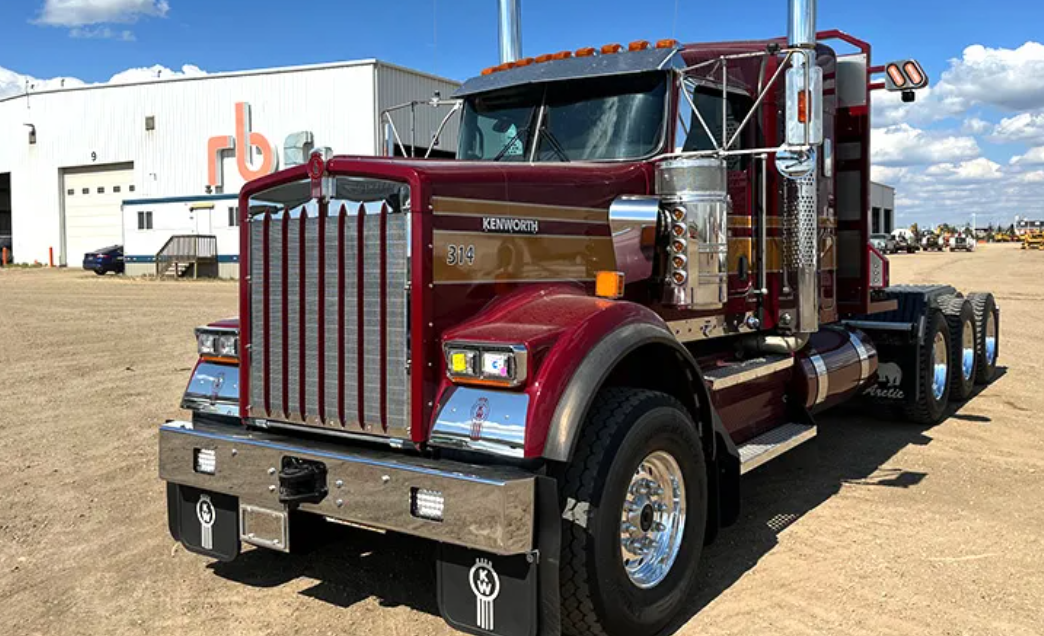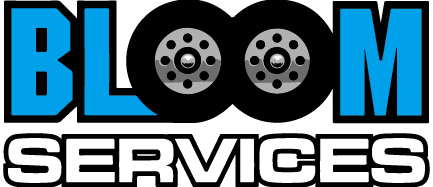A comprehensive guide

In the trucking industry, compliance with federal regulations is crucial to maintaining a safe and efficient operation. Two essential components of these regulations are the Federal Motor Carrier Safety Administration (FMCSA) and the Drug and Alcohol Clearinghouse. Whether you’re an experienced OTR trucker or new to the industry, understanding these entities is key to staying compliant and keeping your career on track. At Bloom Services, we’ve put together this comprehensive guide to everything you need to know about FMCSA and the Clearinghouse.
What Is the FMCSA?
The Federal Motor Carrier Safety Administration (FMCSA) is an agency within the U.S. Department of Transportation (DOT) responsible for regulating and ensuring the safety of commercial motor vehicles (CMVs). Established in 2000, FMCSA’s mission is to reduce crashes, injuries, and fatalities involving large trucks and buses.
FMCSA sets and enforces safety regulations for the trucking industry, covering everything from driver qualifications and hours of service to vehicle maintenance and cargo securement. The agency also conducts audits, inspections, and investigations to ensure compliance with federal safety standards.
Key Responsibilities of FMCSA
Driver Qualification Files (DQF):
FMCSA requires employers to maintain DQFs for each driver. These files include records like the driver’s application, motor vehicle records, and medical certificates.
Hours of Service (HOS):
FMCSA sets limits on the number of hours a driver can operate a CMV to prevent fatigue-related accidents. Drivers must use an Electronic Logging Device (ELD) to track their HOS compliance.
Vehicle Maintenance:
FMCSA mandates regular inspections and maintenance of commercial vehicles to ensure they are in safe operating condition.
Drug and Alcohol Testing:
Employers are required to conduct drug and alcohol testing for all CDL holders in safety-sensitive positions, which brings us to the Clearinghouse.
What Is the Drug and Alcohol Clearinghouse?
The FMCSA’s Drug and Alcohol Clearinghouse is an online database that tracks and records information about CDL holders' drug and alcohol violations. Launched in January 2020, the Clearinghouse is designed to improve road safety by preventing drivers with unresolved drug and alcohol violations from operating CMVs.
The Clearinghouse houses records of positive drug or alcohol test results, refusals to test, and violations of FMCSA’s drug and alcohol regulations. It also records completion of return-to-duty (RTD) processes for drivers who have violated these regulations.
Who Needs to Use the Clearinghouse?
Employers:
Trucking companies must use the Clearinghouse to query prospective employees' records before hiring and to conduct annual checks on current drivers. This ensures that no driver with unresolved drug or alcohol violations is allowed to operate a CMV.
CDL Drivers:
All CDL holders must register with the Clearinghouse to provide consent for potential employers to access their records. Drivers can also access their own records to ensure accuracy.
Medical Review Officers (MROs) and Substance Abuse Professionals (SAPs):
MROs and SAPs are required to report violations and RTD information to the Clearinghouse.
State Driver Licensing Agencies (SDLAs):
SDLAs must query the Clearinghouse before issuing, renewing, transferring, or upgrading a CDL to ensure the driver is eligible.
How the Clearinghouse Works
The Clearinghouse functions as a centralized database that stores information about drug and alcohol violations. Here’s how it works:
Violation Reporting:
When a driver tests positive for drugs or alcohol, refuses to take a test, or otherwise violates FMCSA’s drug and alcohol regulations, the violation is reported to the Clearinghouse.
Queries by Employers:
Employers must query the Clearinghouse for information on any violations before hiring a new driver and perform annual queries for existing drivers. There are two types of queries:
Limited Query:
This checks if the Clearinghouse has any violation records for a driver.
Full Query:
This provides detailed information on any reported violations and requires the driver’s consent.
Return-to-Duty Process:
If a driver violates the drug and alcohol regulations, they must complete the SAP process, including treatment and follow-up testing, before being eligible to return to duty. This information is updated in the Clearinghouse.
Driver Registration and Consent:
Drivers must register with the Clearinghouse to give consent for employers to access their records. Without this consent, an employer cannot complete the required queries.
Why the Clearinghouse Matters
The Clearinghouse is a critical tool for improving road safety by ensuring that drivers with drug and alcohol violations are not operating commercial vehicles until they have completed the necessary steps to return to duty. It also protects employers by providing them with accurate, up-to-date information about their drivers’ compliance with federal regulations.
Tips for Staying Compliant with FMCSA and the Clearinghouse
Register Early:
Make sure you’re registered with the Clearinghouse as soon as possible. This is essential for both CDL holders and employers.
Conduct Regular Queries:
Employers should perform annual queries on all drivers and make sure to check the Clearinghouse before hiring new drivers.
Keep Records Up to Date:
Ensure that all information in the Clearinghouse is accurate, including any completed RTD processes. CDL holders should regularly check their records.
Understand the RTD Process:
If you have a drug or alcohol violation, familiarize yourself with the SAP process and complete all required steps promptly to return to duty.
Summary
The FMCSA and the Drug and Alcohol Clearinghouse are essential components of the trucking industry’s regulatory framework. Staying informed and compliant with these regulations is not only a legal requirement but also a crucial part of ensuring safety on the road. At Bloom Services, we’re here to support you with the information and resources you need to succeed in your trucking career. If you have any questions about driving for us, don’t hesitate to ask. Apply now to learn more about us.



office & Parking depot
5120 Belmont Rd Unit K, Downers Grove, IL 60515, USA
Hours of operation
Mon - Sun: 7am-5pm
